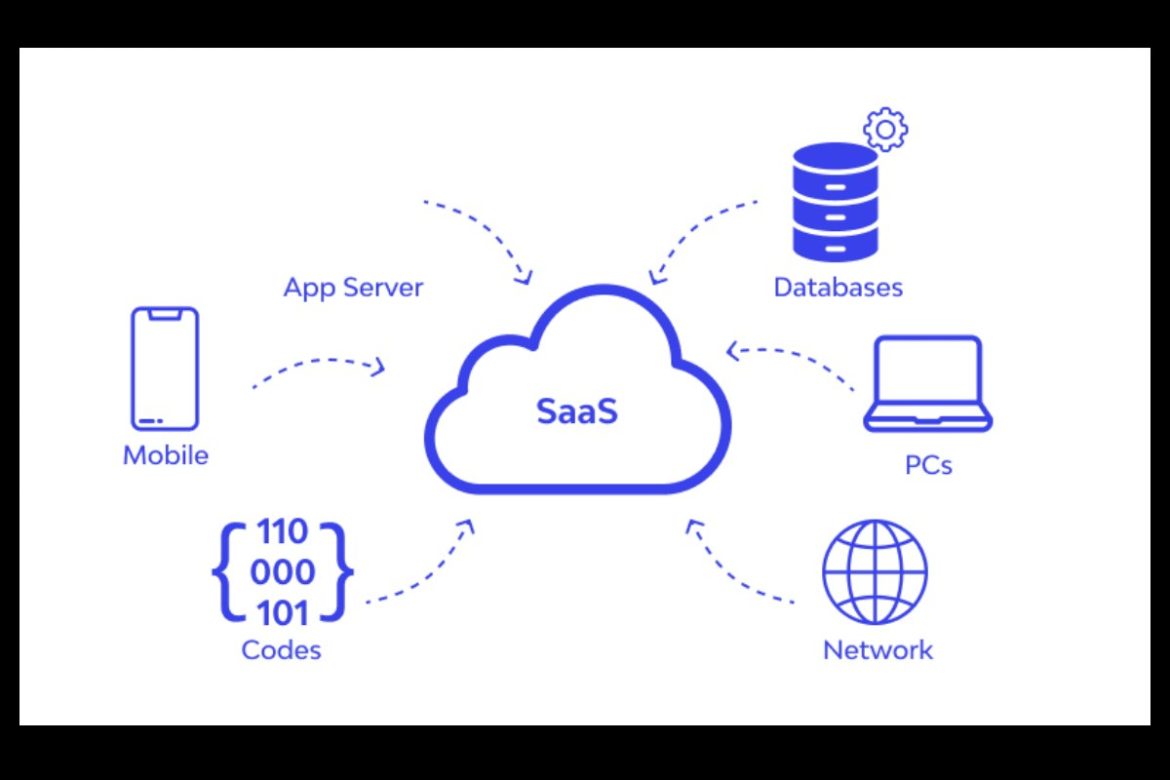Last year, I faced a pivotal decision at my mid-sized fintech company. We needed to develop a new subscription management platform—fast. Our in-house team was already stretched thin with maintenance tasks and ongoing projects. The board was pressing for quick delivery, and I was caught between building our internal capabilities or finding an external partner.
If you’re nodding along, you’ve probably been there too.
After 12+ years overseeing tech development across three companies, I’ve been on both sides of this fence. Sometimes building in-house was the right call. Other times, it was a costly mistake that I’m still trying to forget.
Table of Contents
When Keeping Development In-House Makes Sense
I’ve found in-house development shines when your product represents your core IP. My previous company built natural language processing systems for healthcare—that wasn’t something we could responsibly outsource, as the algorithms themselves were our competitive advantage.
In-house also works when you need constant iteration with short feedback loops. Our customer support dashboard went through 18 versions in three months. Having developers sit with support staff and make real-time tweaks saved us countless hours of requirement documents and change requests.
But here’s the hard truth many CTOs won’t admit: maintaining an in-house team capable of handling every technological aspect of modern SaaS is nearly impossible. When our platform needed to incorporate IoT device integration, our JavaScript experts were suddenly out of their depth—something I should have anticipated.
The Compelling Case for Outsourcing
The SaaS landscape moves at a brutal pace. New frameworks emerge monthly, cloud services evolve weekly, and keeping up requires perpetual learning. This is precisely where outsourcing saas development becomes not just convenient, but strategically essential.
When we needed to implement advanced data processing pipelines for our analytics module, bringing in specialists from OmegaLab saved us at least 4 months of hiring and training. Their DevOps team had already solved similar challenges for three other clients and deployed our cloud infrastructure in 60% of the time we’d budgeted internally.
I’ve seen this pattern repeat across the industry. A former colleague who now runs product at a logistics startup told me last month: “We wasted $300K trying to build ML capabilities in-house before accepting that outsourcing to experts would have been 70% cheaper and 100% more effective.”
Not All Outsourcing Is Created Equal
Let me share a painful lesson. Two years ago, I selected a vendor based primarily on cost for a critical integration project. Six weeks past deadline, we had a half-functional system and mounting technical debt. The supposedly cheap solution ended up costing us a key client worth $850K annually.
So what separates effective outsourcing from expensive disappointments?
First, domain expertise matters enormously. Generic development skills aren’t enough for specialized SaaS applications. When evaluating partners for our IoT integration, I specifically looked for teams who understood both the hardware communication protocols and the cloud architecture needed to process device data at scale.
Second, communication frameworks make or break outsourced relationships. Our most successful partnership included:
- Daily standups with video on (no negotiation)
- A dedicated technical liaison who understood both business and development concerns
- Complete transparency in a shared project management system
The Hybrid Approach That Saved Our Q3 Launch
For our subscription management platform, I ultimately chose a hybrid model. We kept user experience design and API development in-house while outsourcing the cloud infrastructure, Big Data processing pipeline, and DevOps automation.
This wasn’t the tidiest organizational structure, but it delivered results: we launched three weeks early and 14% under budget. The outsourced components—particularly the CI/CD pipeline—continued delivering value long after the external team transitioned away.
The external DevOps specialists implemented infrastructure-as-code practices that accelerated our deployment capability by 68%. This wasn’t just a theoretical improvement; it transformed our ability to respond to market changes and customer feedback.
Making Your Decision: A Simple Framework
After several expensive mistakes and a few brilliant successes, I’ve developed a simple framework for this decision:
- Is this capability part of your core differentiation? If yes, strong preference for in-house.
- Do you need this capability for the long-term? Temporary needs often justify outsourcing.
- Can you realistically hire and retain the necessary talent? Be brutally honest here.
- What’s the true cost comparison? Include onboarding, management overhead, and opportunity costs.
For technologies like AI/ML, advanced cloud architecture, or specialized integrations, the expertise gap between generalists and specialists can be enormous. I’ve seen two-person specialist teams outperform ten-person general development teams on specific problems.
The SaaS landscape will only grow more complex as technologies like edge computing and AI continue evolving. The companies that thrive won’t be those who stubbornly build everything themselves, but those who strategically combine internal capabilities with specialized external talent.
After all, even Amazon—with unlimited resources—doesn’t build everything in-house. And neither should you.


